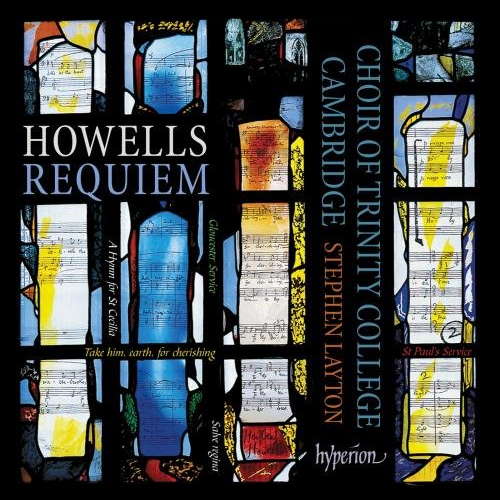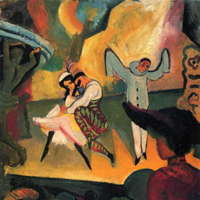- Frédéric Chopin
- Arturo Toscanini
- Beethoven: Fidelio
- Siegfried Idyll
- Philips
- Verdi: Simon Boccangra
- Titan
- Robert Shaw
In Honour of Carla Fracci
GIUSEPPE PENNISI listens to Adolphe Adam's 'Giselle' at Teatro dell'Opera di Roma
On 27 October 2022 at the Teatro dell'Opera di Roma, full in every order of seats, the ballet season ended with Giselle by Adolphe - Charles Adam, a performance part of a cycle in honor of Carla Fracci who for years directed the ballet of the theater and who has prepared a new choreography specifically for this ballet. Giselle differs from other ballets of French romanticism in two respects: the quality of the music and the literary sources. The ballets performed before Giselle have almost no custom-made elements: many are orchestrated with pieces similar to others or even borrowed. The music of this ballet instead is woven respecting the intention and creativity of the choreographer and the author and shows very few direct similarities with the music of the time. The only short passages not written by Adam are eight bars from a song by Löise Puget and three lines from Carl Maria von Weber's Euryanthe.
Giselle is also the first ballet in which the author introduces the leitmotif specifically as a narrative element. There are seven main themes in the ballet: four of these belong to the people: the farmers, the hunters, the Villi and Hilarion. Three of these are less specific: the theme of dance and two leitmotifs of love. To appreciate the musical qualities of the score, this requires an excellent orchestra, such as that of the Teatro dell'Opera di Roma, and a conductor specialized in this type of music such as Kevin Rhodes.
It was Théophile Gautier, authoritative writer and art critic, who conceived Giselle, leafing through the pages of the novel De l'Allemagne by Heinrich Heine. The author was deeply fascinated by the legend of the Villi, spirits of the Slavic tradition. Heine and Gautier were a huge leap forward from the ballet librettist of the time. The choice of the composer to set the ballet to music could only fall on Adolphe-Charles Adam, a musician of great fame in the production of ballets. The music was composed in just eight days, in close collaboration with the authors of the libretto. Giselle thus had her music, new, and well received even by the critics of the time.
At the Opéra National de Paris, on 28 June 1841, her twenty-second birthday, Carlotta Grisi performed for the first time in Giselle, together with Lucien Petipa in the role of Albrecht. The ballet was an incredible success, so much so that even today it is considered as one of the greatest classical ballets ever performed.
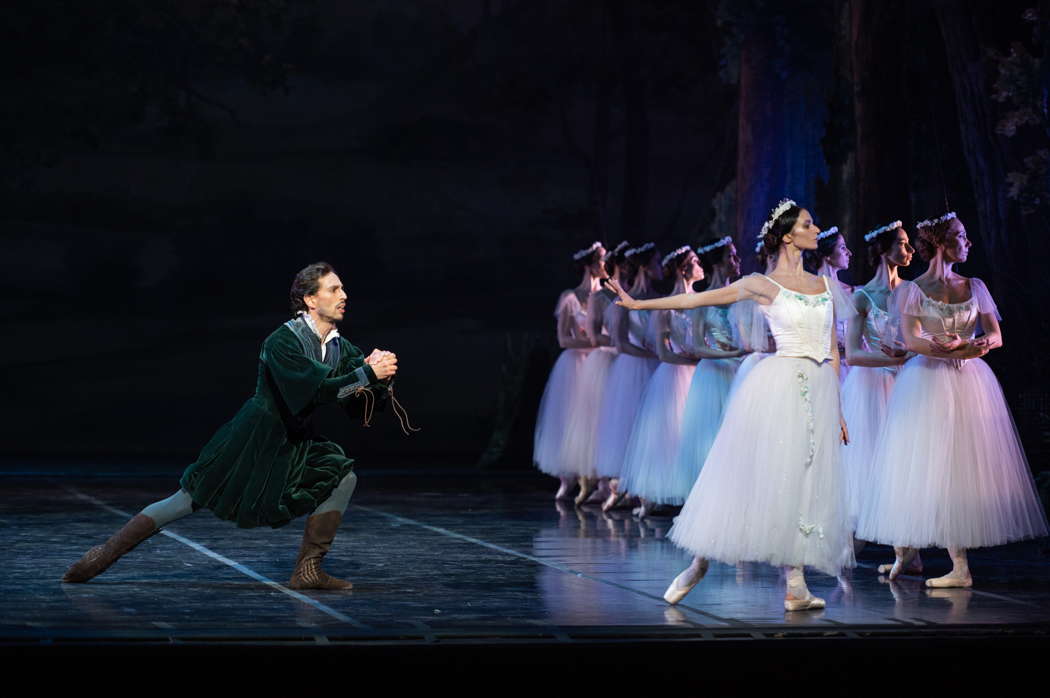
Claudio Cocino as Hilarion and Marianna Suriano as Myrtha in Adam's Giselle at Teatro dell'Opera di Roma. Photo © 2022 Fabrizio Sansoni
Reading De l'Allemagne by Heinrich Heine, Théophile Gautier was impressed by the suggestiveness of the places described and especially of the Saga of the Villi (from the Slavic root Vila, which means fairy), a name with which the spirits of young girls who died unhappy because betrayed or abandoned before marriage are designated. Vengeful and ghostly, unable to find eternal rest in death, every night they wander in search of their traitors and force them, with the help of apparently magical sprigs of mistletoe, to dance convulsively until they die of exhaustion or until, totally weakened, they are thrown into a lake near them. At the death of the respective traitor, the Villi disappear and with them vanishes, finally appeased, the ghost of the girl who died for love. In Heine's book, moreover, the Villi feel an irrepressible desire and love for dance, an aspect that helped to make this legend the source of inspiration for ballet. The subject also attracted Giacomo Puccini who used it for his first opera, which, however, was not very successful.
Unlike other romantic ballets, Giselle has not undergone significant changes in choreography over time. The last original performance at the Opéra National de Paris dates back to 1868 and it was only later, with the arrival of Marius Petipa, brother of Lucien Petipa, the first interpreter of the ballet, that Giselle was adapted to the tradition of the Russian school. The ballet consists of two acts: the first concerns the story of Giselle that culminates in her death; the second act instead concerns the legend of the Villi and Giselle's love for Albrecht which culminates in the will to save his life, even though he was the main cause of her death.
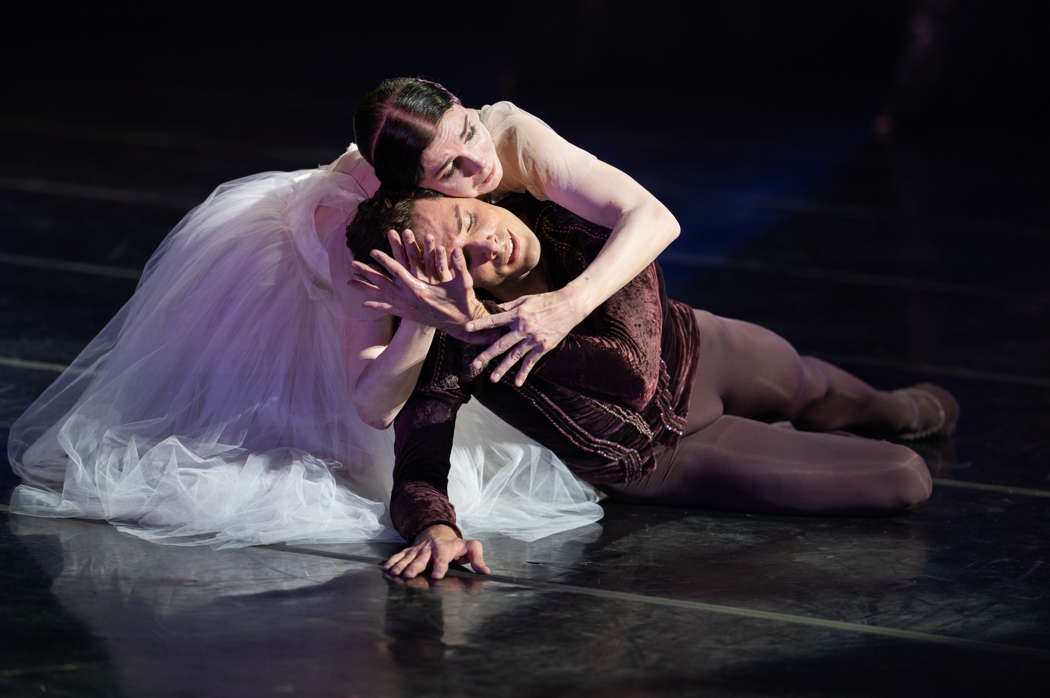
Natalia Osipova as Giselle with Jacopo Tissi as Albrecht in Adam's Giselle at Teatro dell'Opera di Roma. Photo © 2022 Fabrizio Sansoni
In the first act Giselle is a peasant girl who falls in love with the prince but dies of a broken heart when she discovers that she has been deceived by him. In the second act Giselle is a spirit and dances with the prince to avoid his death according to the cruel will of the Villi.
She protects him, supporting him and dancing with him all night long. At the first light of dawn the Villi are forced to vanish, Albrecht is saved thanks to the love of Giselle who, no longer belonging to the Villi, returns for eternal rest in her tomb. At the foot of the burial remains the young prince, alone and heartbroken by pain.
Carla Fracci's choreography is very faithful to the original dated 1841. This is why it is refreshing to see it after so many changes made in recent years to 'modernize' the ballet. It was revived by Julio Bocca and Gilliam Whittingham. The scenes and costumes by Anna Anni are traditional but full of charm.
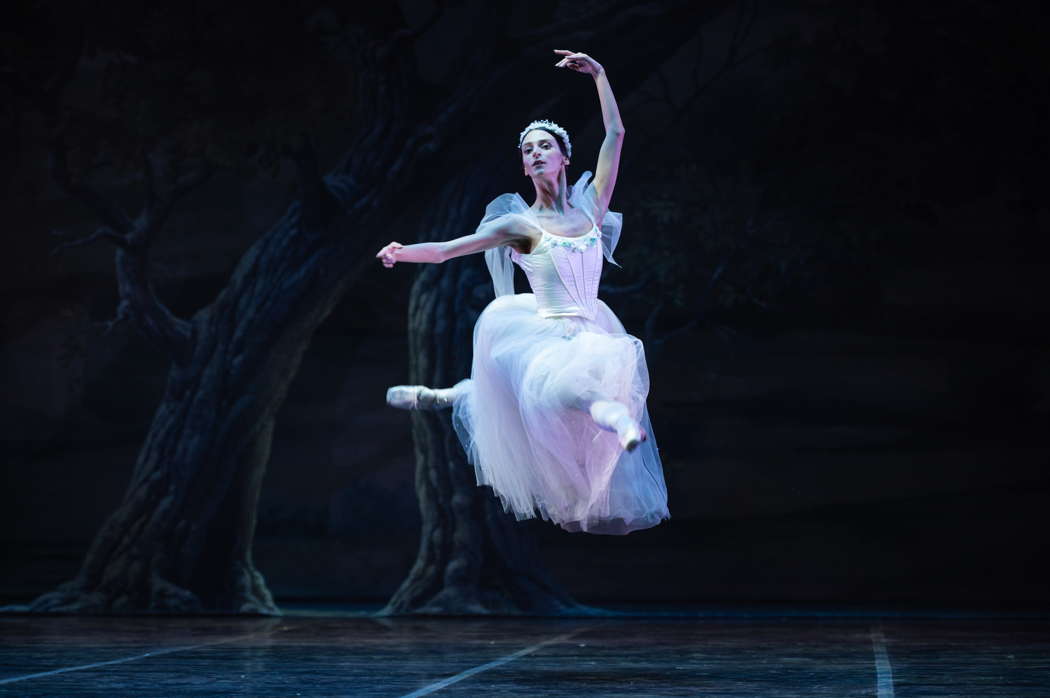
Marianna Suriano as Myrtha in Adam's Giselle at Teatro dell'Opera di Roma. Photo © 2022 Fabrizio Sansoni
The lighting by Jean-Michel Desirée is full of mystery, especially in the second act. There is a great display of the corps de ballet, again especially in Act II. Bravi to the three protagonists - Natalia Osipova, Jacopo Tissi and Claudio Cocino - who were on stage on the evening of 27 October 2022.
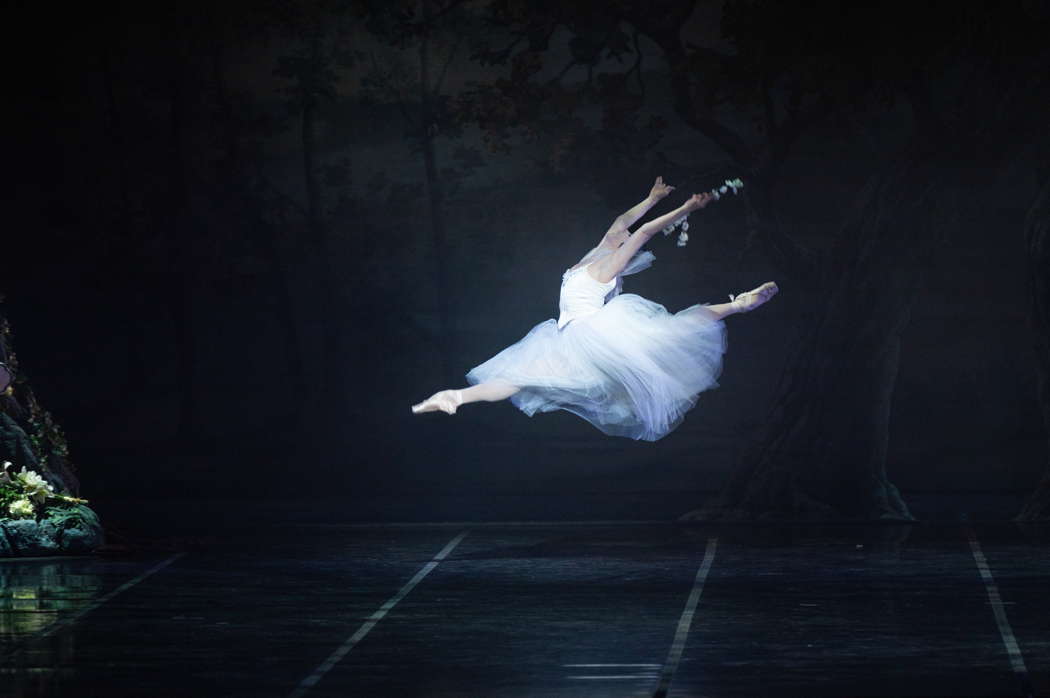
Natalia Osipova as Giselle in Adolphe Adam's ballet at Teatro dell'Opera di Roma. Photo © 2022 Fabrizio Sansoni
There were ten minutes of applause and accolades.
Copyright © 29 October 2022
Giuseppe Pennisi,
Rome, Italy

TEATRO DELL'OPERA DI ROMA ARTICLES


